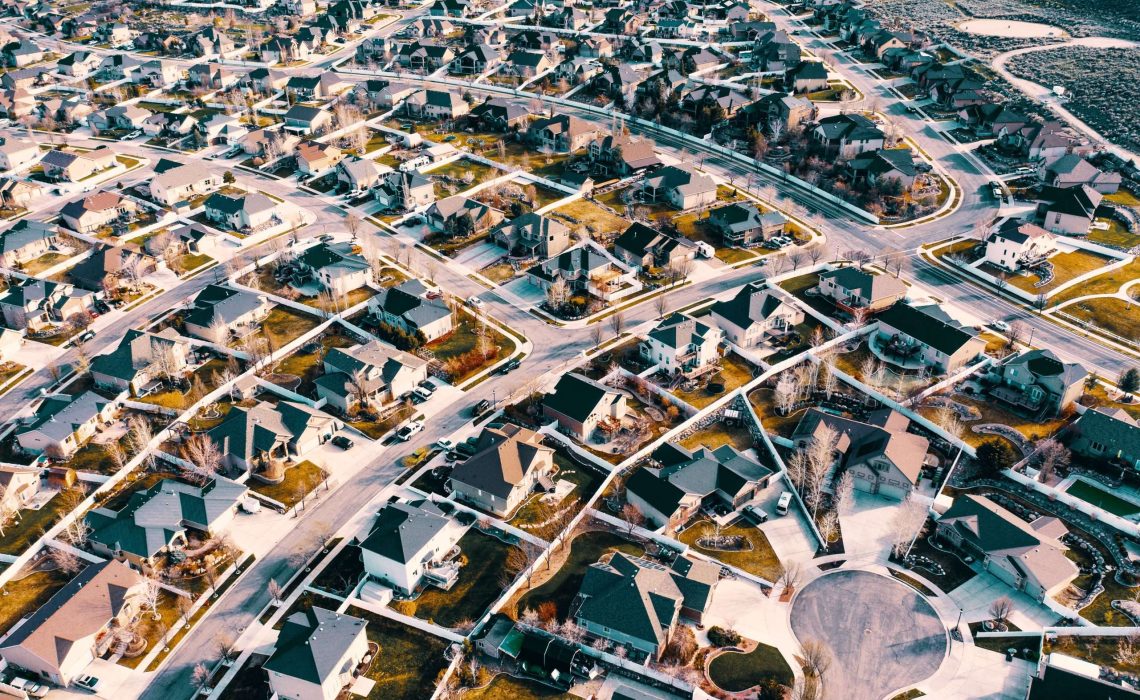Love them or hate them, the suburbs are a fixture of modern life. So, we figure we may as well share our two cents about what we want to see from future suburbia.
What’s good about suburbs
Suburbs provide a lot of benefits, like
- Making functional, safe homes that look decent and can be constructed with relative ease
- Reducing costs thanks to the homogenous designs, and
- Putting people in proximity to like-minded individuals who are probably in a similar life stage.
When designed well, suburbs can also provide
- Peace and quiet
- Low-traffic areas where kids and adults can play safely (road hockey, anyone?).
What’s not good about suburbs
As with all things in life, suburbia is not without its issues. Today’s suburbs, either by accident or by design, often force reliance on cars, discourage mixed-use spaces, and create areas that are heavily segregated by various metrics—almost by default, each development will attract a fairly narrow population group.
Think about it: it’s a pretty specific group of people who would be drawn to
- A home that costs $300,000, $500,000 or $900,000
- Which probably has a specific design (are they into exposed brick? Pacific Northwest Modern? What about Latin American-inspired design?)
- With specific proximity to amenities (are they willing to maintain a car and drive 5, 15, or 30 minutes to the nearest town center?)
3 things regenerative suburbs would do
But what if we could tweak the existing suburbs and influence how new developments are created to make both livable and regenerative? It’s not that far-fetched.
There are 3 key things that regenerative suburbs would do:
- Provide easy access to key amenities. To make suburbs more human-friendly and regenerative, they should be close enough to key amenities that residents could walk or bike to get there. This cuts emissions and encourages a healthy, active lifestyle. Extra points if there’s a reliable transit system nearby.
- “Globally, when upstream emissions are also accounted for, food transport is now thought to be responsible for 19% of total food system emissions.” York University
- Allow residents to grow or raise their food. Since some suburbs have stringent rules about what residents can and cannot do, it stifles self-sufficiency. Allowing residents to have a garden (or installing community gardens) and/or keep a few chickens or small food stock animals would encourage small-scale permaculture. Extra points if guidance is provided to help people permaculture their yard successfully.
- Build sustainably. New developments would be built with sustainable materials and Passive House design, and existing developments would be retrofitted and updated to improve energy efficiency. Extra points if the local government provides rebates or incentives to help offset the costs of retrofits and education on choosing sustainable materials when updating or renovating a home.
Dig deeper: Watch the video below for more information about suburb design.

